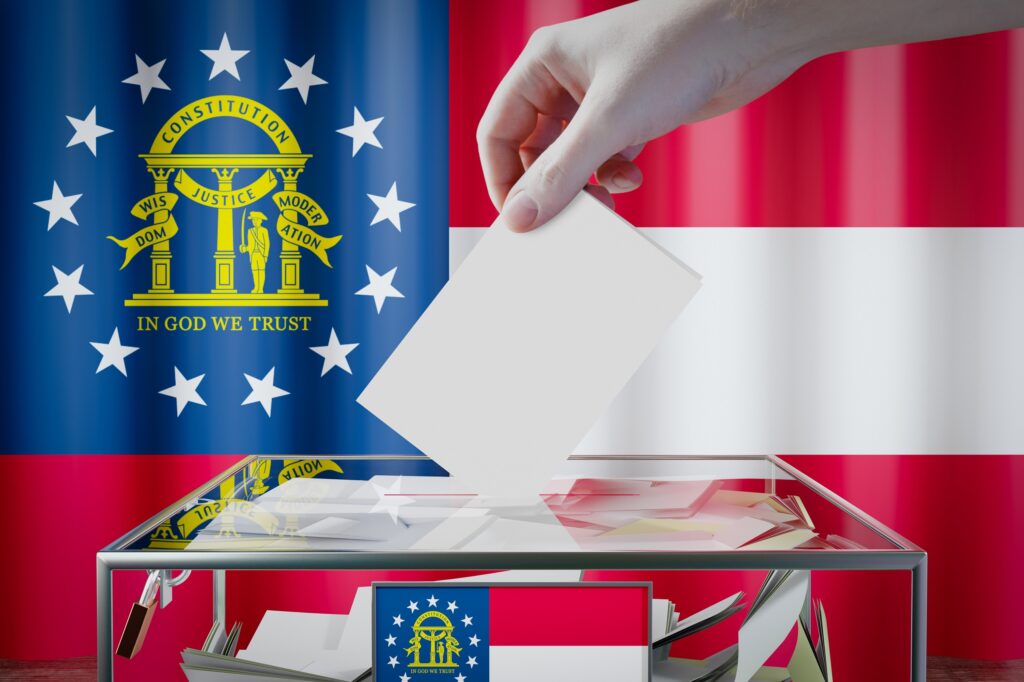Net Neutrality without the FCC?: Why the FTC can regulate broadband effectively
The sale of broadband internet access service (broadband) to consumers was subject to Federal Trade Commission (FTC) jurisdiction until 2015. In 2015, the Federal Communications Commission (FCC) issued the second Open Internet Order, which reclassified broadband as a “telecommunications service” under Title II of the Communications Act. This reclassification subjected broadband providers to the FCC’s “common carrier” authority, preempting the jurisdiction of the FTC. Former FTC Commissioner Joshua Wright colorfully described this incident as the FCC taking the FTC’s “jurisdictional lunch money[.]”
The FCC used its new authority to impose certain rules and regulations on broadband providers, with the goal of promoting “Internet openness” and “net neutrality.” While these terms lack precise, internationally-agreed definitions, they suggest notions of all internet traffic being treated equally, and thus all discrimination being unlawful. The resulting Open Internet Order rules, and the Title II framework that supports them, are a set of price and traffic controls that amounts to a centrally planned broadband network under government supervision. These contrast sharply with the notion of “Internet Freedom,” the FCC’s first attempt to provide guiding principles for the broadband industry. Internet Freedom suggests that users should be free to use the applications and devices they want to, and access the content of their choosing. Necessarily, that implies that any action by a broadband provider to abridge those freedoms would be illegal, but there are no proscriptive rules or rigid constraints that deny network providers the freedom to compete and innovate.
Shortly after the new presidential administration took office in January 2017, Commissioner Ajit Pai was elevated to Chairman of the FCC. The newly constituted FCC has since proposed to undo the FCC’s 2015 Open Internet Order and restore the previous classification of broadband as an “information service” under Title I of the Communications Act. If the FCC follows through with this Restoring Internet Freedom proposal, the FTC’s jurisdiction will cover broadband once again. This would restore the pre-2015 status quo that had been in place since the dawn of the commercial Internet, and allow the FTC to use its broad authority under Section 5 of the FTC Act to protect consumers from any anticompetitive behavior or unfair or deceptive practices.
In spite of decades of experience with this regime, including both successful enforcement actions and thoughtful industry guidance, some claim that the FTC is unable to adequately police the harms described in the FCC’s Open Internet Order, or to regulate broadband more generally. This article reviews four common arguments supporting the claim that the FTC is not competent to regulate broadband and shows why they are either unfounded or unpersuasive. We therefore conclude that restoring FTC jurisdiction over broadband will not create a regulatory vacuum or endanger the future of the internet as suggested by opponents of the move, and indeed that the FTC will be able to deter harms and police abuse while also supporting the innovation and investment that have been stymied by the FCC.
Image by 3dkombinat









